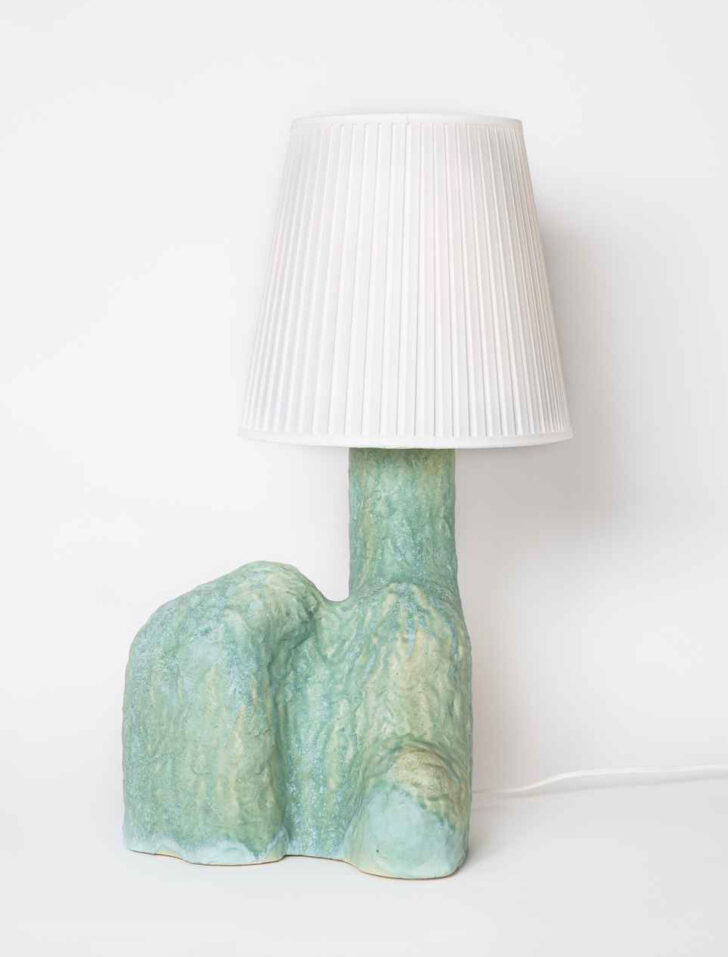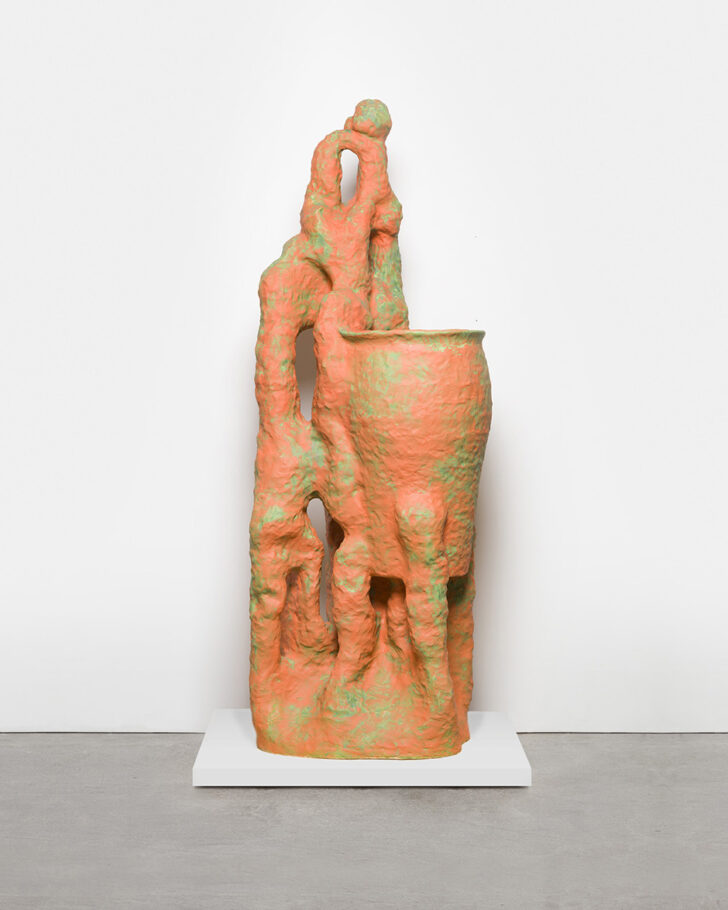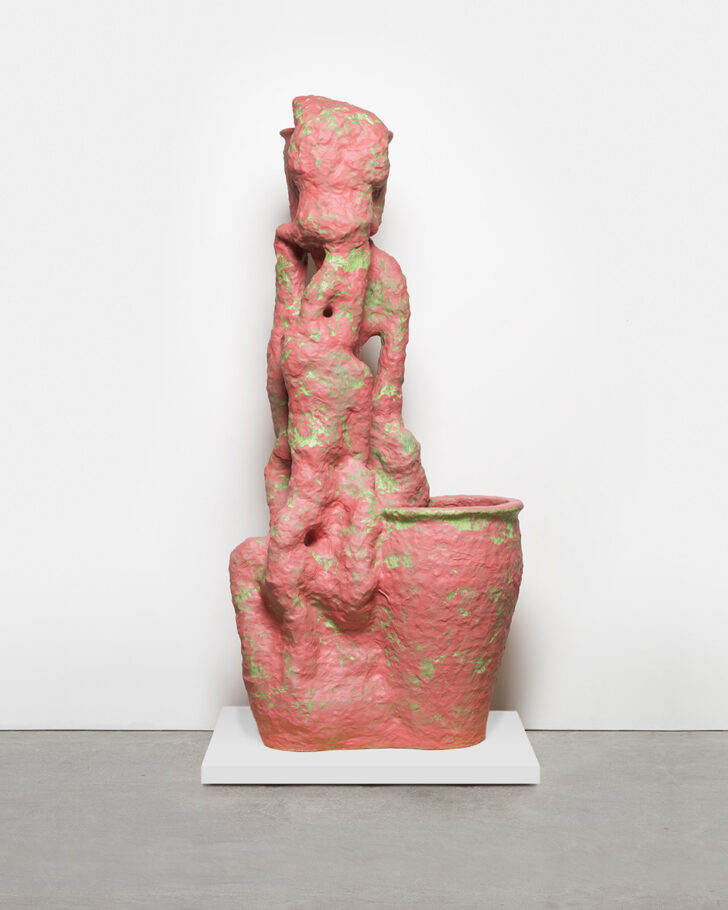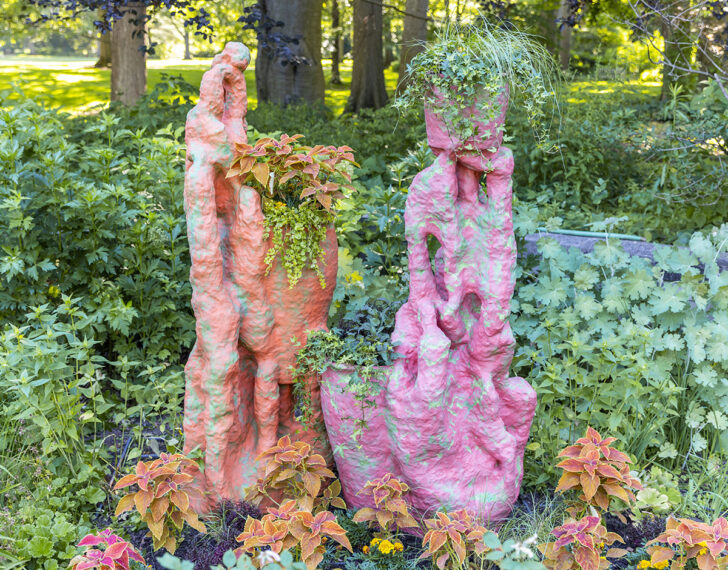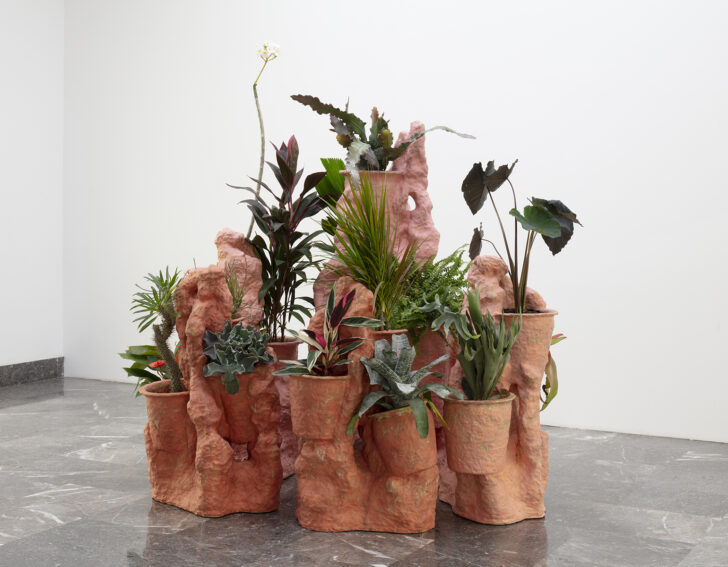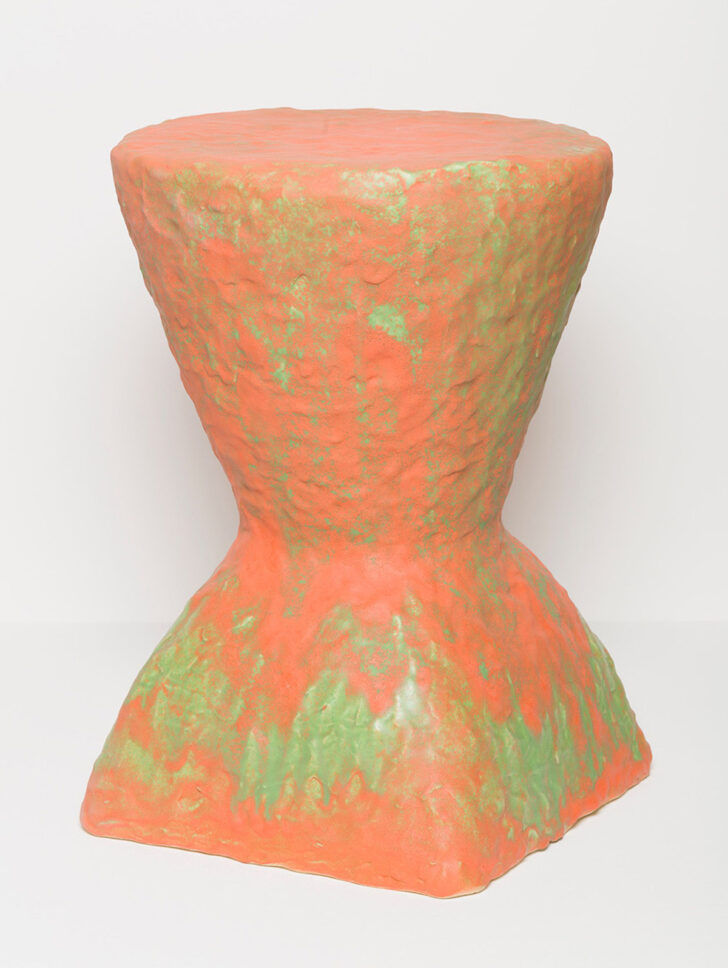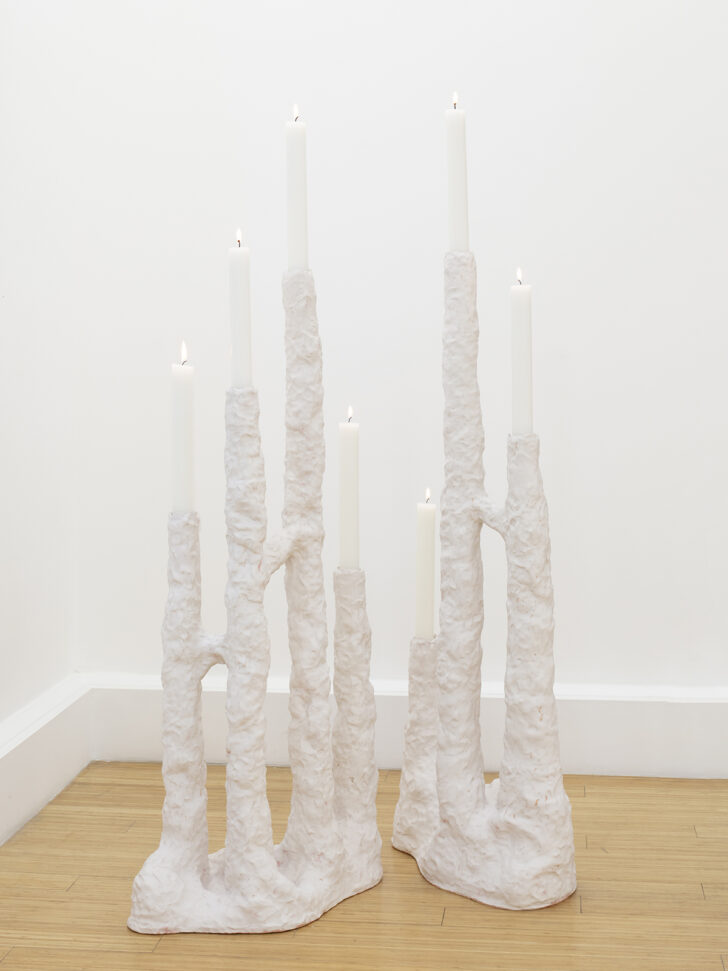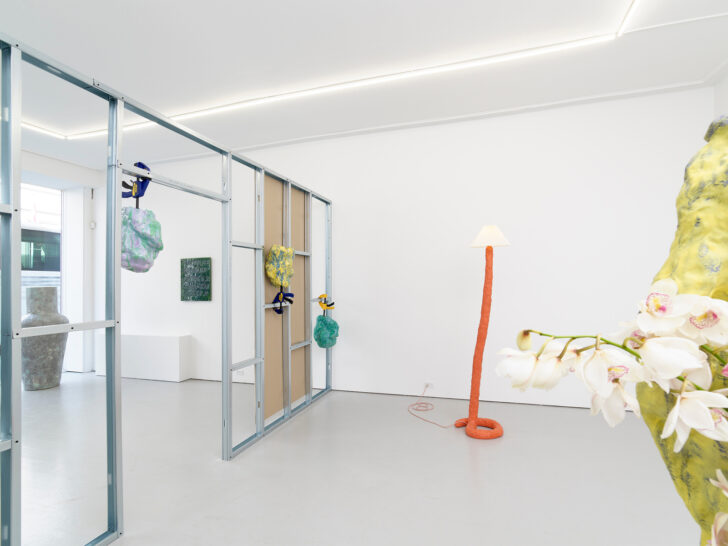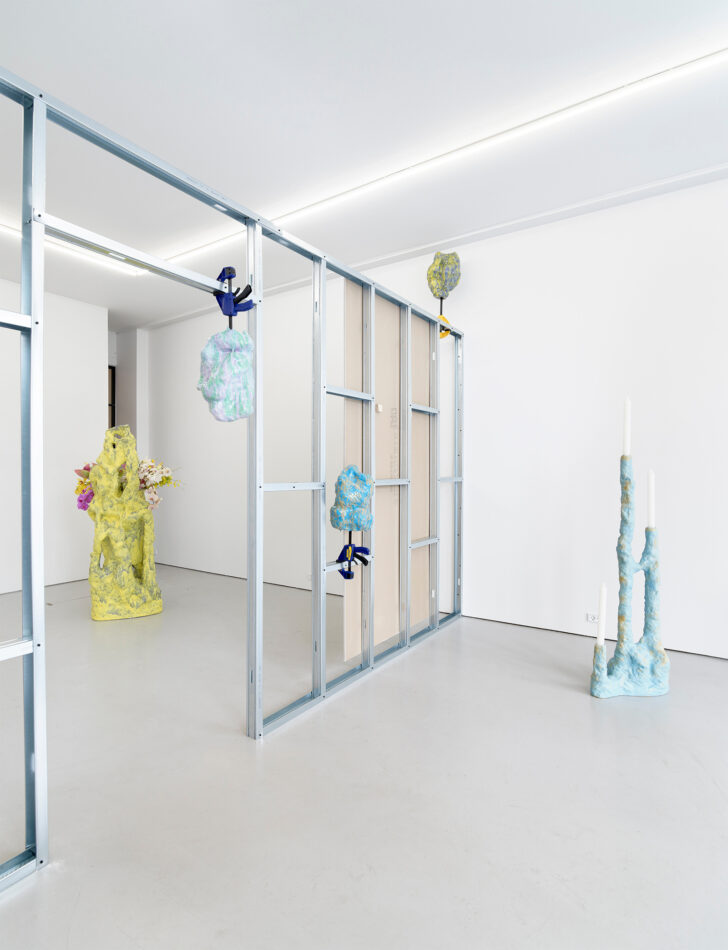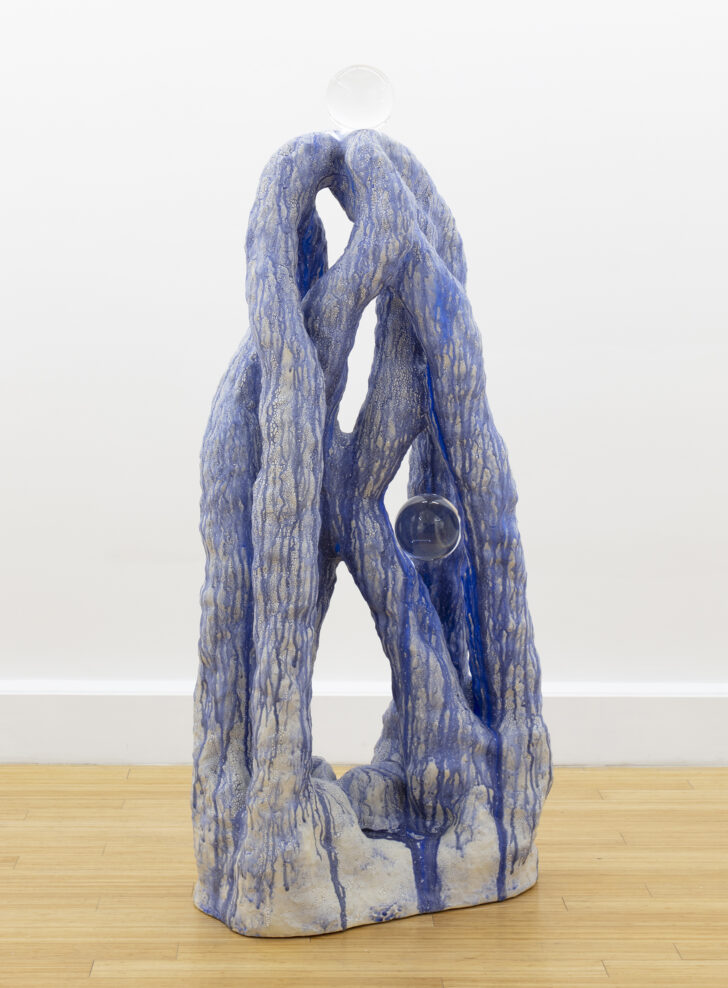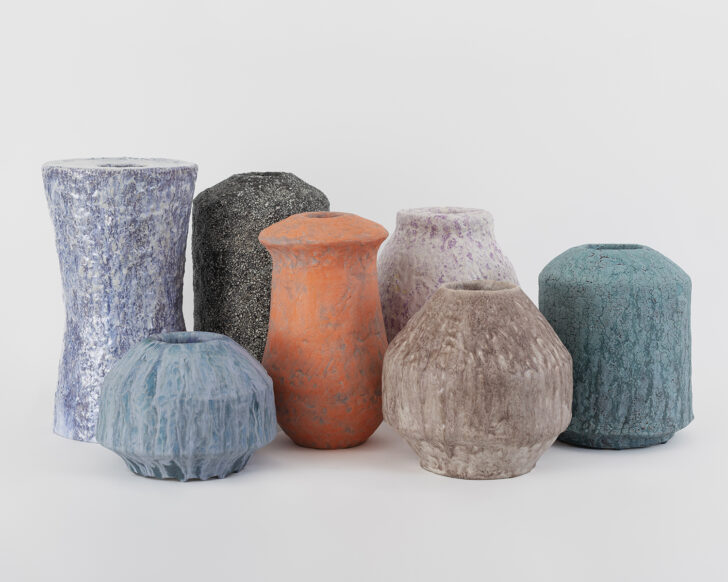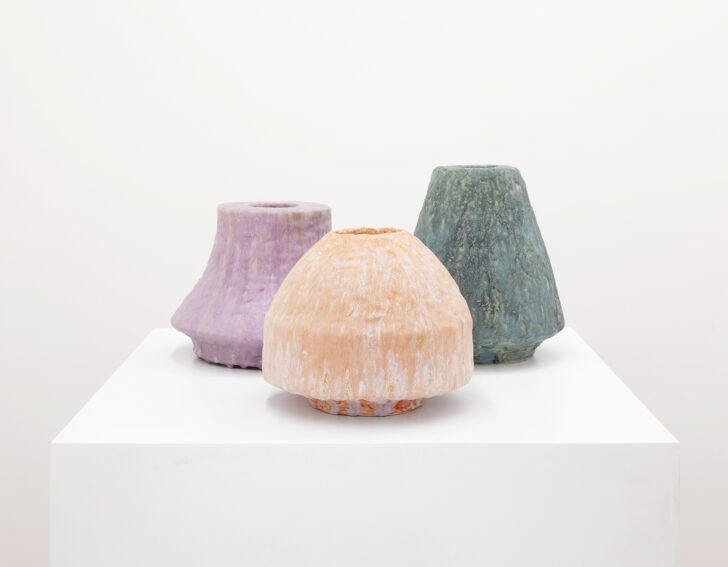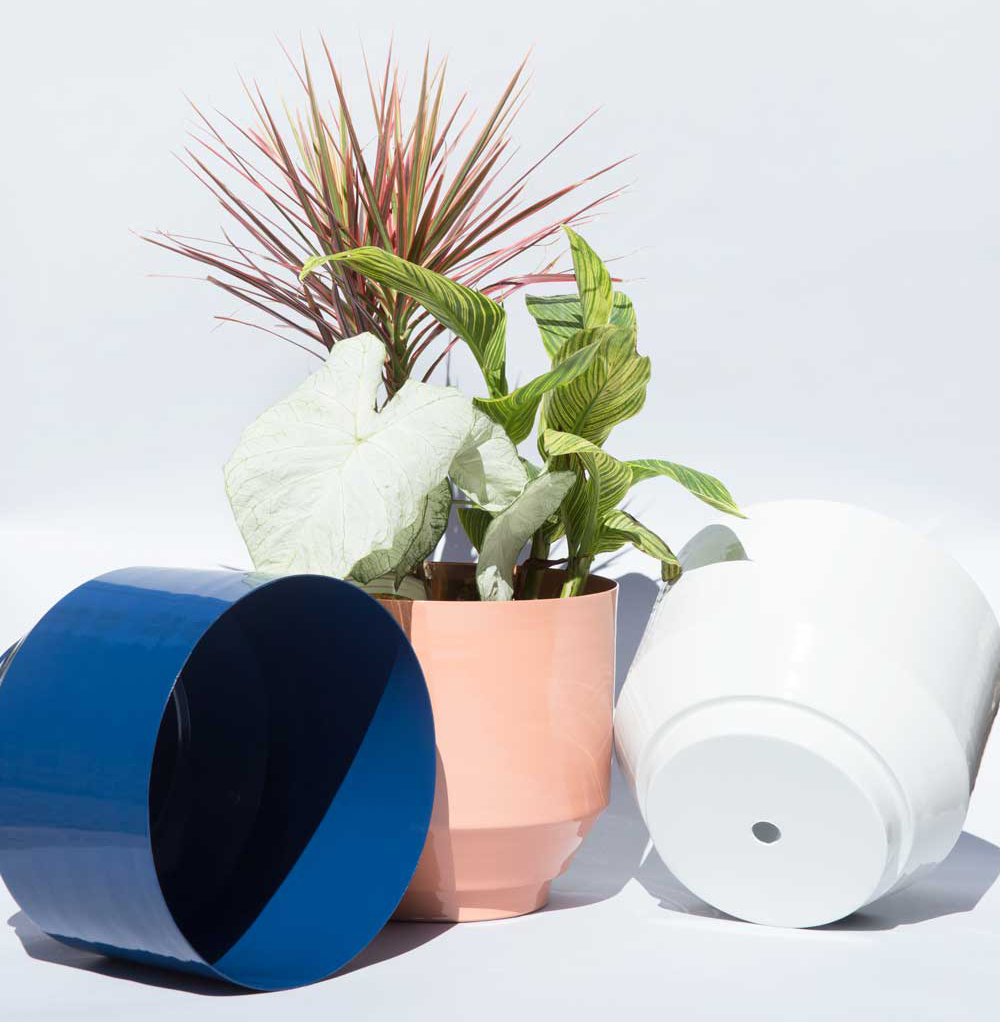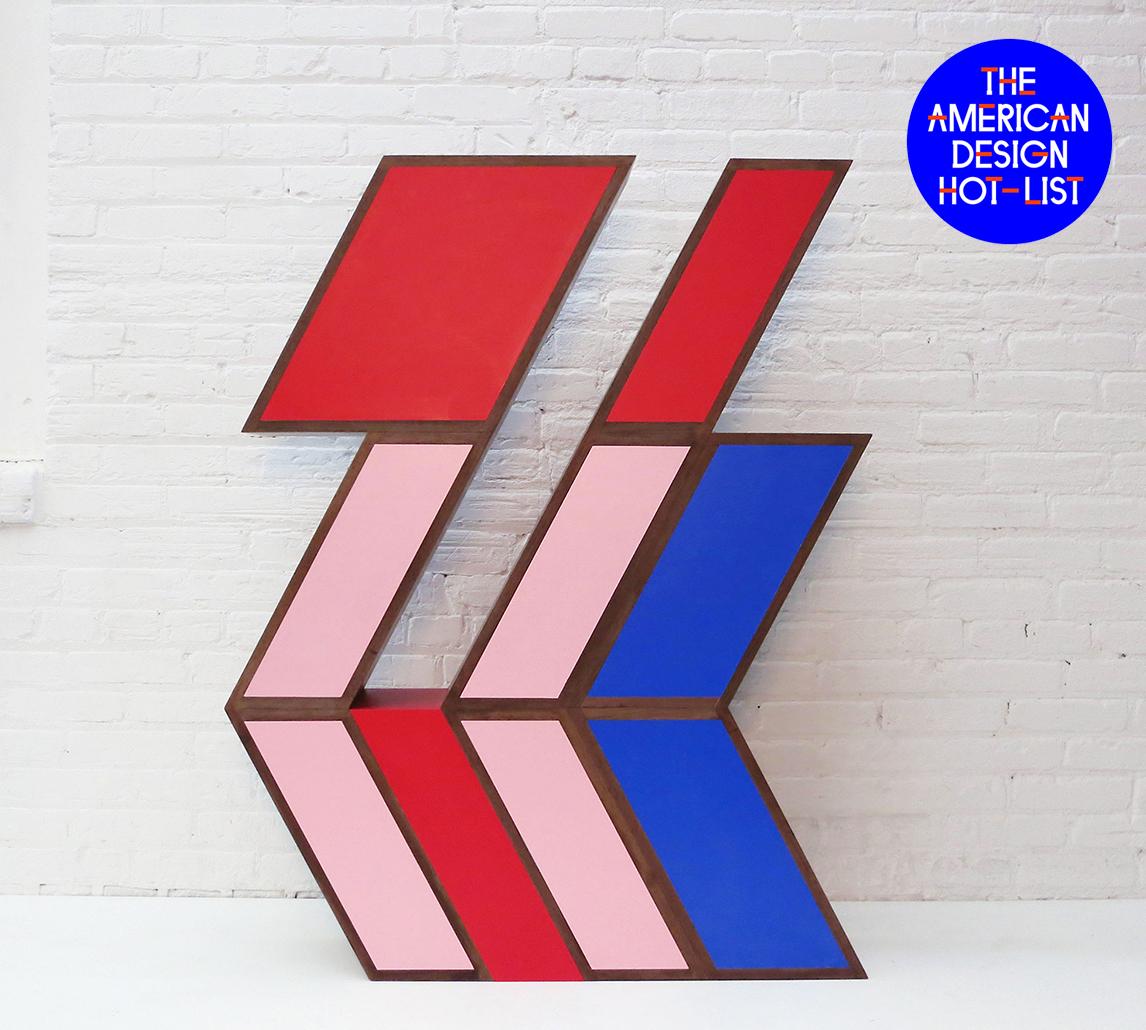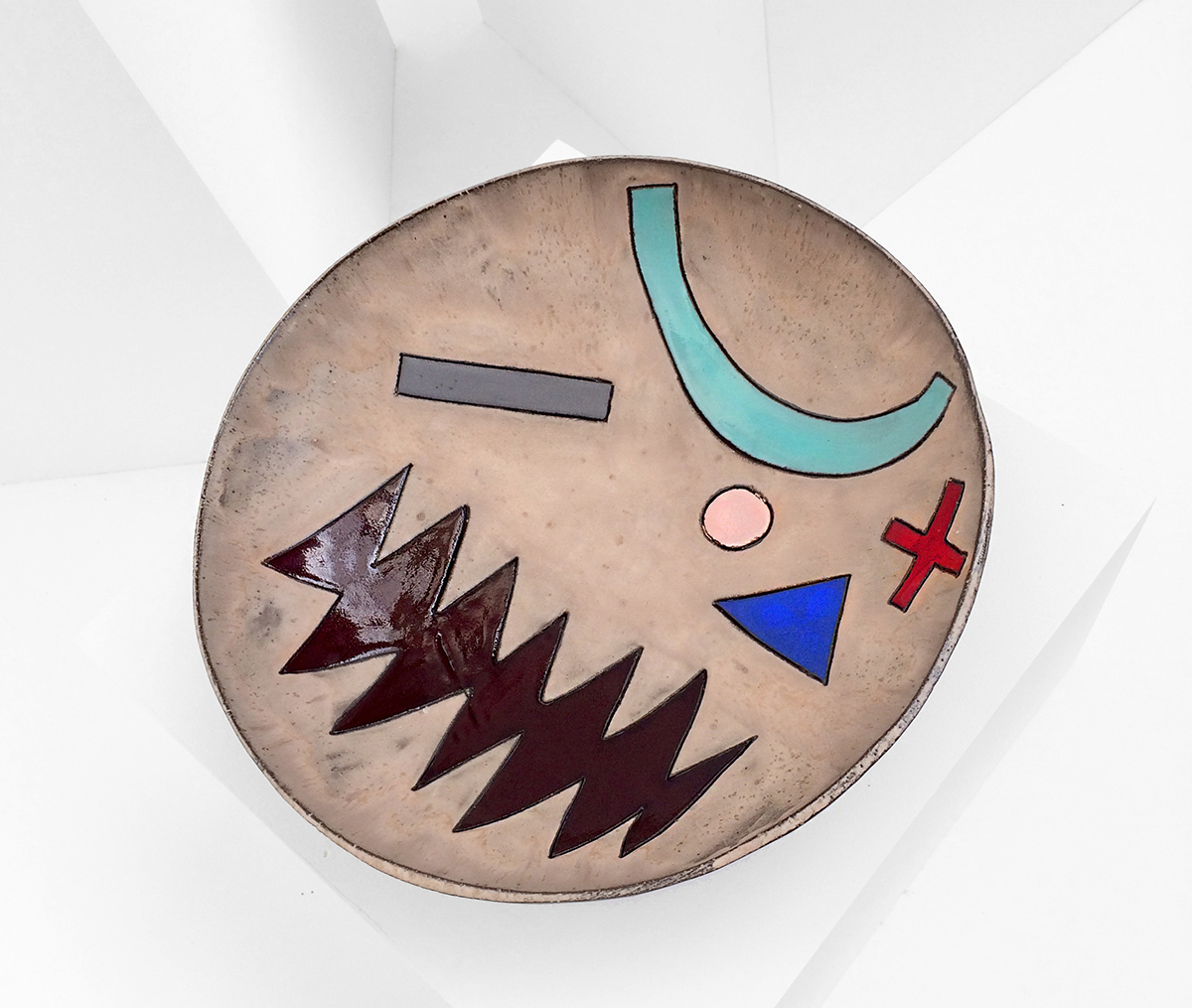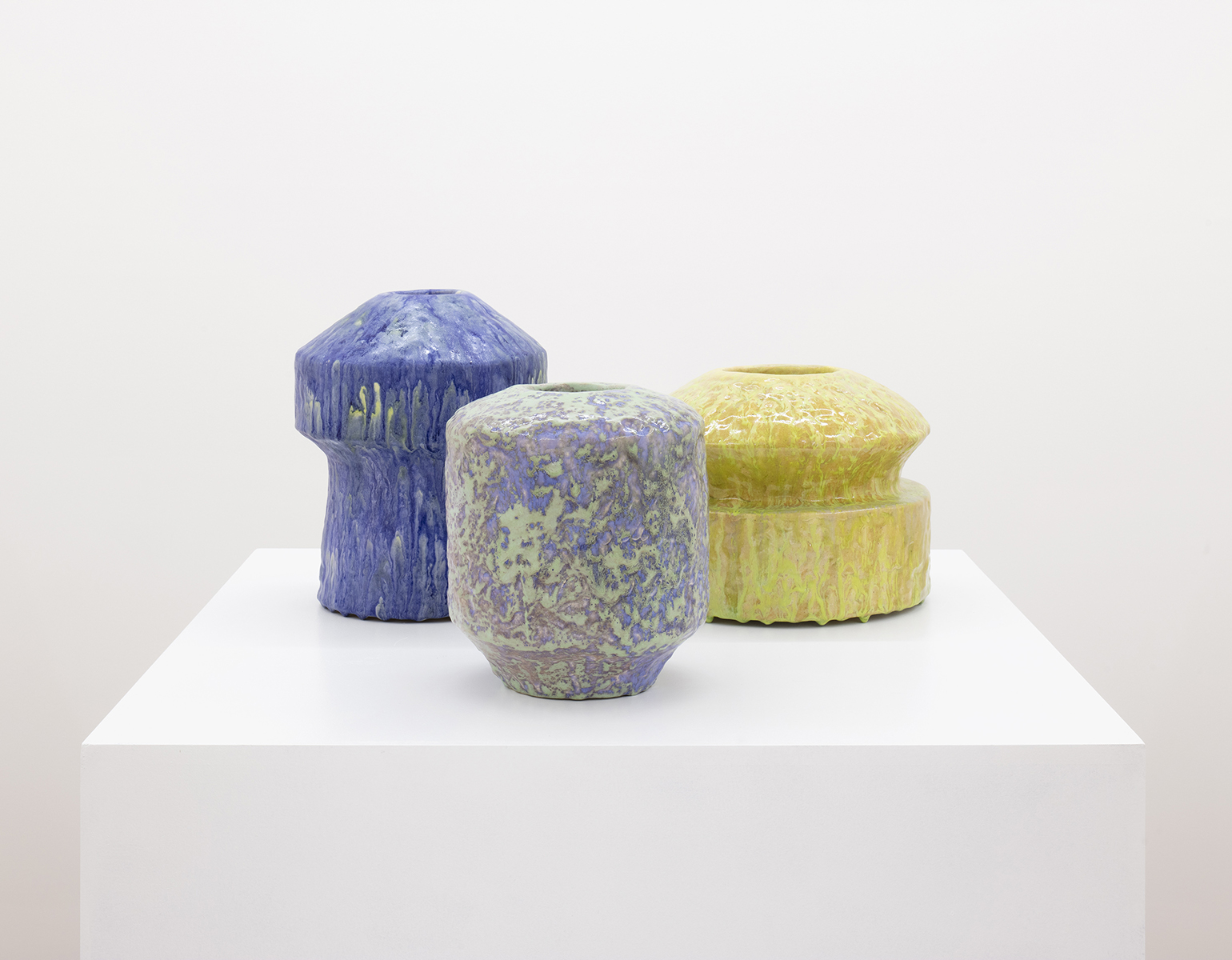
American Design Hot List 2022
Anders Ruhwald
Chicago, andersruhwald.com
We’ve been tracking the Danish-born Ruhwald’s work for almost a decade now, from his ceramic interventions at the Saarinen house near Cranbrook (where he was a longtime head of the ceramics department) to the gloopy planters he installed during the pandemic in the garden of the Indianapolis Museum of Art. As Ruhwald himself points out, he isn’t a designer in the strictest sense of the word. But as his creations have nodded more towards utility vessels — planters, lamps, vases and the like — and the lines have been continually blurred, we thought him a worthy and long overdue addition to this year’s Hot List.
What is American design to you, and what excites you about it?
I don’t see myself as a designer, so this is a hard one to answer. I work primarily with ceramics and sometimes flirt with utility, but my work rarely serves an actual purpose. At present what really excites me is that the categories are so blurred. At times it can be very hard — if not impossible — to distinguish between practices that self-identify as design, art, or architecture. The galleries are open to showing it all, and so significant but under-appreciated practices are suddenly getting a lot of attention. If anything, it excites me that we are in a period of reassessment and this structural re-evaluation permeates museums, galleries, and art schools, which in turn allows for an interesting cross-pollination.
What are your plans and highlights for the upcoming year?
Right now, I am doing a five-week stint at the Tadao Ando–designed residency Casa Wabi, conceived by the Mexican artist Bosco Sodi in Oaxaca, Mexico. It’s an incredible place situated between the mountains and the Pacific, completed about eight years ago in a remote area. It’s an invite-only residency, and it is a dream to be here. I am spending my time working with the local tile clay in the studio, but also have ample time to write and research.
My work will be out at a lot of fairs this spring; I will be showing some pieces at Zona Maco in Mexico City in February, then at Felix Art Fair in LA the week after (both with Moran Moran Gallery) and then I will be doing a larger presentation at Expo Chicago in April with Volume Gallery.
In my studio back in Chicago, I am putting the final touches on a solo show with Nina Johnson Gallery in Miami in early April. The show will consist of about 15 new works at various scales in the main gallery at Nina Johnson ranging from about one to six feet high. The works are made with an intense cobalt blue runny glaze that emulates a sense of fluidity and gradual decay. I am still working on the show and so the it is still a bit too early to write anything concretely about it.
I will also be working on a book with the Danish graphic designers Ironflag about surfaces and my plant-sculptures.
What inspires or informs your work in general?
I sometimes think of my practice as similar to an old-school musician’s way of working, where my solo shows with galleries and museums are like albums that come out about once a year. In each show, I deal with different subject matters or themes and so it can be hard for me to talk about the work in a general way. I mostly work from show to show. If anything, I think there are some elemental concerns in the work which rely on materiality and form. I often work in an abstract form language which at times have elements that could be understood as utilitarian. Recently the vessel has come up a lot — a kind of baselike reference to the body, containment, and (self)conditioning.
Behind the work is a super nerdy exploration of ceramic surfaces. I have always done a ton of experimentation with glazes and most recently I have become more and more interested in how individual glazes blend and behave when layered up. To me, glazes are both matter and color and so I utilize the research as a materially-based anchor-point for my sculpture.
